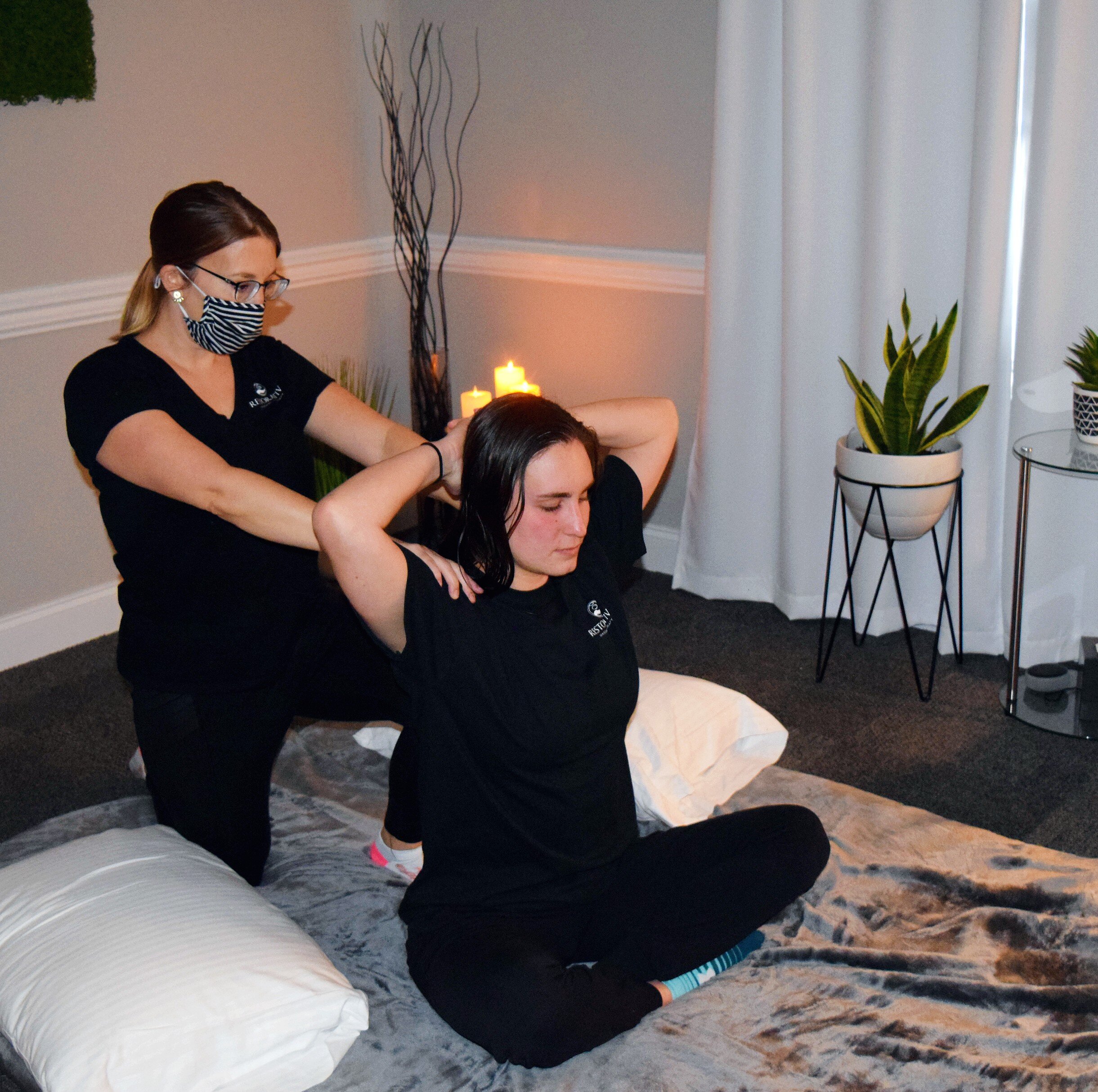There are two types of fitness: aerobic and strength-related. Aerobic fitness involves activities that stimulate the cardiovascular system, while strength training requires the application of force to a body part. Fast-twitch fibers, or those that contract rapidly, are used in sprints. Slow-twitch fibers, on the other hand, use a much slower rate of contraction but require oxygenated blood. Myoglobin, a protein that provides energy, is found in slow-twitch fibers and is essential for endurance work.
There is a direct link between physical activity and health. Regular exercise can improve bone mineral density and slow the effects of sarcopenia. A six-week program should include strength-training exercises for all major muscle groups. Fitness benefits in the elderly go beyond improving functional capacity and quality of life. In one study, researchers showed that resistance training can prevent and slow the onset of sarcopenia. Nevertheless, it’s vital to work with your physician and personal trainer to establish the best exercise regimen.

While physical fitness can be measured in physical terms, its true measure lies in how the person feels. Feeling physically fit means holding balance poses with ease, recovering from muscle soreness, and having increased energy. The physical ability to carry groceries and climb stairs without stopping are other signs of physical fitness. These feelings, along with the general feeling of being fit, are entirely subjective. Each person’s own body is unique, and there’s no right or wrong answer.
Whether you’re an athlete or a hobbyist, there’s no one “right” way to achieve your fitness goals. It’s up to you how you define it and what motivates you to achieve them. Be sure to set achievable and realistic goals. And most importantly, enjoy your progress and stay motivated! It’s never too late to achieve your fitness goals. You don’t need to compete in extreme sports to achieve them, either.
While being fit and healthy are linked, there is an important difference between them. Although these two aspects of physical fitness are often confused, the latter will always be beneficial. For example, being healthy and fit are related to the quality of your life. If you have both, you’ll feel better and have more energy. Fitness can be measured in several ways, but in a broader sense, fitness is a reflection of fitness. It measures how well an organism adapts to the environment it lives in.
Health-related fitness refers to physical fitness that helps the body perform optimally. Fitness is the ability to do exercises for various activities that require motor skills. It includes cardiovascular endurance, flexibility, and muscle strength. It’s also an important part of physical activity for older adults to avoid falling. Similarly, it can decrease the risk of automobile accidents. Physical fitness aims to balance these different areas of health. So, be sure to include both health-related and skill-related fitness in your exercise regimen. It’s important to keep in mind that physical fitness isn’t about weighing too much, but it’s more about being able to perform everyday activities.
In addition to its benefits for the body, fitness improves one’s quality of life. Research has proven that regular physical activity creates a foundation for a healthy future. Studies of cardiovascular fitness have shown that regular physical activity improves insulin sensitivity, decreases fat mass, and increases the body’s ability to respond to glucose. These findings show that regular physical activity helps people with various ailments, including heart disease and diabetes. It’s also important for the elderly because a high level of fitness makes everyday activities easier.







